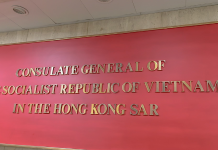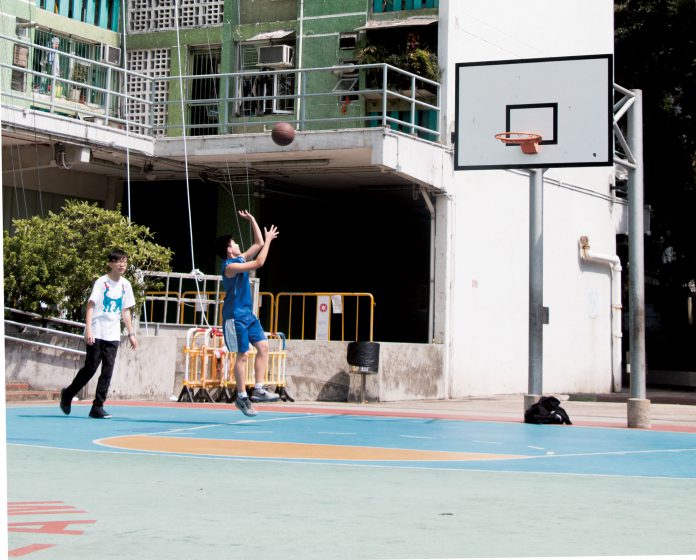In this issue of Varsity, we look at different aspects of “community” in Hong Kong. A community can refer to a group of people living in the same place or being educated or working together, or those who are united by common values, identities or interests.
Yet, to many young people in Hong Kong, it seems a rather abstract idea. We often hear our parents sharing their stories about life in the old housing estates, when doors were always open and neighbours trusted each other.
It is hard for us to picture this bygone Hong Kong. It seems we are all too busy to have time to care about others. Not only do we not see our neighbours often, we may not even know who they are. We try look at whether it is possible to rebuild bonds within our communities.
Last November, the district council elections got Hongkongers talking about their communities. The district council is the only official district advisory body in the current political system, so some members of the public hope it can take a leading local role. But many residents and even some councillors question the function of the councils.
Despite the Chief Executive’s promise to grant more power over local development to the district councils, councillors point out the ultimate decisions on projects and funding still lie with government departments.
In the absence of reform of the system, some residents are trying to come up with imaginative and alternative ways to influence local development and build communities from the bottom up. They have set up community groups and even a “shadow” district council.
A pressing question is how to bring people together in our disconnected communities. One increasingly popular way is to form online communities. In the past few years, there has been a blossoming of district-based Facebook pages and groups.
From sharing stories about Tin Shui Wai to sharing recommendations on the best restaurants in Sha Tin, and searching for missing pets, these groups help to foster conversations and build connections in local districts.
We meet the founders of various online district pages and groups and find that although they are cheap to run and maintain, it is difficult to turn the connections made online into bonds in the physical world.
Sports and recreational facilities in a district have a big impact on the quality of life of the residents and affect the cohesion of the community. Varsity visited Tai Po, Tin Shui Wai and Sai Kung to look into claims of inadequate facilities and planning. Is the lack of recreational facilities preventing residents from getting more involved in the community? Would a cycling path or more sports facilities improve residents’ lives?
We hope these stories can help give you a better picture of our communities and of the many people devoting their time, effort and even money to help build a better community. I am excited to see so many people who care about our city, and hope they can inspire more of us to a little more of the same.
This issue is produced by a team of first-time editors and reporters and from the get-go we have worked very hard to make sure it is our best effort. I am proud to present it to you, and sincerely hope you enjoy reading it.
Managing Editor
Julian Ng








































